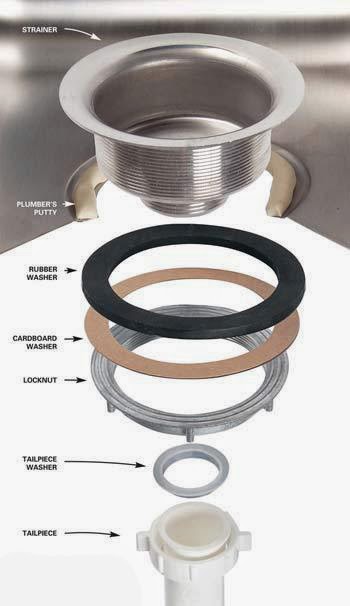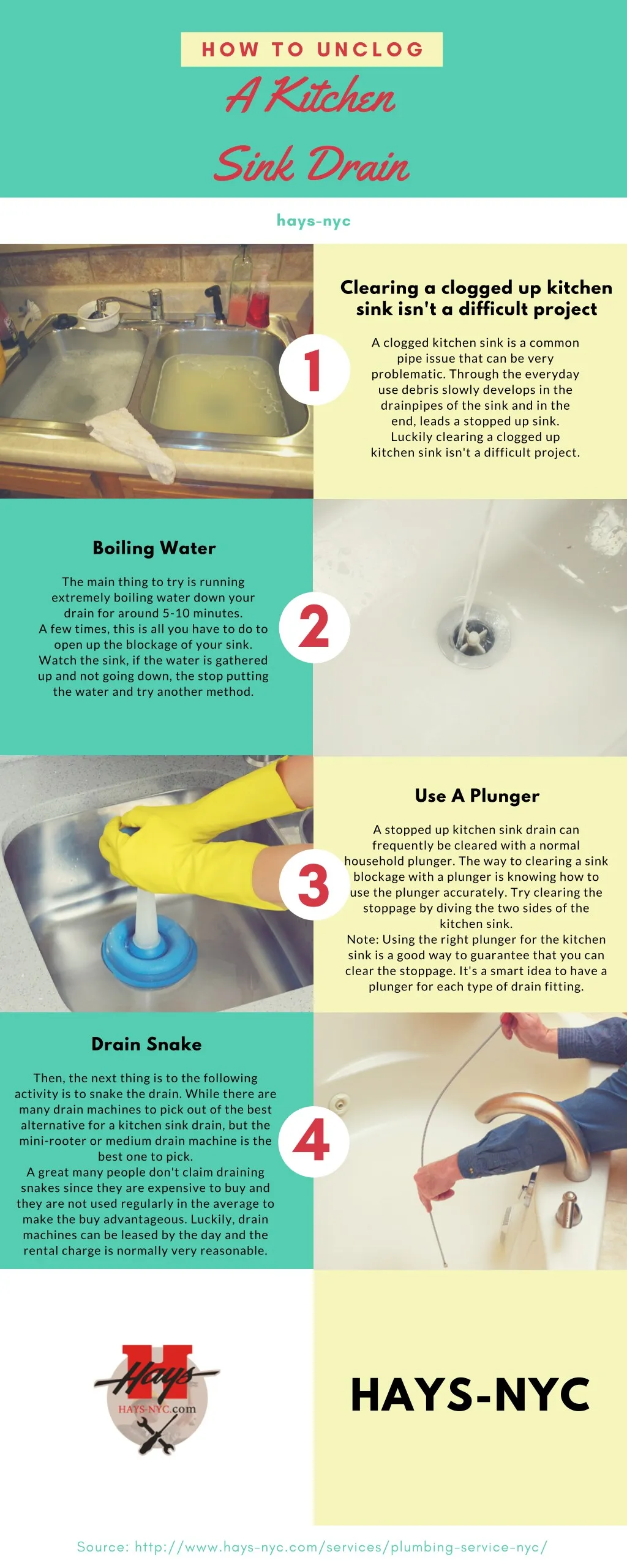If you're planning on installing a new kitchen sink, one of the most important steps is to properly install the plumbing. This ensures that your sink will function efficiently and effectively. Here's a step-by-step guide on how to install plumbing for your kitchen sink. First, gather all necessary tools and materials. This includes a sink trap, PVC piping, pliers, and a wrench. It's also helpful to have a bucket and towels on hand in case of any spills or leaks. Next, determine the location of your sink and mark where the plumbing will be installed. Measure and cut the PVC piping to fit the designated space, making sure to leave room for the sink trap. Then, assemble the sink trap and attach it to the PVC piping. Use pliers to tighten all connections and ensure there are no leaks. Once the trap is secure, attach the other end of the piping to the sink's drain. Finally, test the plumbing by turning on the water and checking for any leaks. If everything looks good, you're all set with a newly installed kitchen sink and plumbing.1. How to Install Plumbing for a Kitchen Sink
Despite proper installation, kitchen sinks can still encounter plumbing issues. Some of the most common problems include clogged drains, leaky faucets, and low water pressure. Clogged drains can occur due to food particles, grease, or other debris getting stuck in the pipes. Using a plunger or a drain snake can help to clear out the blockage. For more stubborn clogs, it may be necessary to call a professional plumber. Leaky faucets can be caused by worn-out washers or seals. These can easily be replaced to fix the issue. Low water pressure can also be a result of mineral buildup or a faulty valve. Regularly cleaning and maintaining your kitchen sink's plumbing can help prevent these issues from arising.2. Common Plumbing Problems with Kitchen Sinks
A leaky kitchen sink can be a major annoyance, not to mention a waste of water. Fortunately, fixing the problem is relatively simple. First, turn off the water supply to the sink. Then, locate the source of the leak. It could be a loose connection or a damaged seal. If it's a loose connection, use pliers to tighten it. If the seal is damaged, it will need to be replaced. This can be done by removing the old seal and replacing it with a new one. Be sure to also check the faucet itself for any cracks or damage, as this may need to be replaced as well.3. How to Fix a Leaky Kitchen Sink
When it comes to plumbing for your kitchen sink, it's important to choose the right materials. PVC piping is a popular and cost-effective option, but it may not be as durable as other materials such as copper or stainless steel. Consider the location and usage of your sink when deciding on the best plumbing materials for your needs. You should also consider the type of faucet you want for your sink. There are various styles and finishes to choose from, each with their own benefits and drawbacks. Take your time to research and compare different options before making a decision.4. Choosing the Right Plumbing for Your Kitchen Sink
If you have a clogged kitchen sink drain, there are a few methods you can try to clear it out. First, try using a plunger to create suction and dislodge the blockage. You can also try using a drain snake to physically remove the debris from the pipes. If these methods don't work, you can try using a mixture of baking soda and vinegar. Pour half a cup of baking soda down the drain, followed by half a cup of vinegar. Let it sit for about 10 minutes, then pour hot water down the drain to flush out the clog.5. How to Unclog a Kitchen Sink Drain
Regular maintenance can help prevent many plumbing issues with your kitchen sink. This includes cleaning the sink and drain regularly to prevent buildup, checking for leaks and fixing them promptly, and being mindful of what you put down the drain. Avoid pouring grease, oil, or coffee grounds down the sink, as these can contribute to clogs. Also, make sure to run hot water down the drain after each use to help prevent buildup of debris and maintain the proper flow of water.6. Tips for Maintaining Your Kitchen Sink Plumbing
If you're looking to upgrade your kitchen sink plumbing, there are a few options to consider. You can replace your old pipes with newer, more efficient materials, such as PEX piping. You can also upgrade your faucet to a more modern and stylish design. If you're not confident in tackling these upgrades on your own, it's always best to hire a professional plumber to ensure the job is done correctly and safely.7. How to Upgrade Your Kitchen Sink Plumbing
Aside from the common issues mentioned earlier, there are some other plumbing problems that can arise with kitchen sinks. These include water hammer (a loud noise when water is turned on or off), slow draining, and foul odors coming from the drain. To troubleshoot these issues, you may need to check the water pressure, clean out the drain, or use a drain cleaner to eliminate any odors. If the problem persists, it's best to consult a plumber.8. Troubleshooting Common Kitchen Sink Plumbing Issues
Proper plumbing for your kitchen sink is crucial for the overall functionality and efficiency of your sink. It also helps prevent any potential damage or costly repairs in the future. By investing in quality plumbing and regularly maintaining it, you can ensure that your kitchen sink will continue to function properly for years to come.9. The Importance of Proper Plumbing for Your Kitchen Sink
If your kitchen sink plumbing is old and outdated, it may be time for a replacement. This can be a more extensive and complicated process, especially if you need to replace the pipes underneath the sink or reconfigure the layout. In this case, it's best to hire a professional plumber to ensure the job is done safely and correctly. They can also provide guidance on the best materials and layout for your new kitchen sink plumbing. In conclusion, proper plumbing for your kitchen sink is essential for its overall function and efficiency. By understanding how to install, maintain, and troubleshoot common issues, you can ensure that your kitchen sink will continue to serve its purpose for years to come. Remember to regularly clean and maintain your sink to prolong the life of your plumbing and consult a professional for any major upgrades or repairs. With the right plumbing, your kitchen sink will be a reliable and functional addition to your home.10. How to Replace Old Plumbing for Your Kitchen Sink
Why Proper Plumbing is Essential for Your Kitchen Sink
/how-to-install-a-sink-drain-2718789-hero-24e898006ed94c9593a2a268b57989a3.jpg)
Understanding the Importance of Plumbing in Your House Design
 When it comes to designing your dream kitchen, there are a lot of factors to consider. From the layout to the appliances, every detail plays a crucial role in creating a functional and aesthetically pleasing space. However, one aspect that is often overlooked is the plumbing for your kitchen sink.
Proper plumbing is essential for the overall functionality and longevity of your kitchen sink.
When it comes to designing your dream kitchen, there are a lot of factors to consider. From the layout to the appliances, every detail plays a crucial role in creating a functional and aesthetically pleasing space. However, one aspect that is often overlooked is the plumbing for your kitchen sink.
Proper plumbing is essential for the overall functionality and longevity of your kitchen sink.
The Role of Plumbing in Your Kitchen Sink
 Plumbing is the system that allows water to flow in and out of your kitchen sink. This includes the water supply, drainage, and disposal of waste.
Without a properly functioning plumbing system, your kitchen sink would be rendered useless.
Imagine not being able to wash your dishes, fill a pot with water, or even use your garbage disposal because of a plumbing issue. It can quickly turn into a nightmare.
Plumbing is the system that allows water to flow in and out of your kitchen sink. This includes the water supply, drainage, and disposal of waste.
Without a properly functioning plumbing system, your kitchen sink would be rendered useless.
Imagine not being able to wash your dishes, fill a pot with water, or even use your garbage disposal because of a plumbing issue. It can quickly turn into a nightmare.
The Dangers of Poor Plumbing
 Poor plumbing can not only be inconvenient, but it can also pose serious health hazards. A clogged drain or leaky pipe can lead to mold growth, which can cause respiratory issues. Standing water can also attract pests and bacteria, putting you and your family at risk for illnesses. Additionally,
ignoring plumbing issues can lead to costly repairs in the future.
It's important to address any plumbing problems as soon as they arise to prevent further damage and expenses.
Poor plumbing can not only be inconvenient, but it can also pose serious health hazards. A clogged drain or leaky pipe can lead to mold growth, which can cause respiratory issues. Standing water can also attract pests and bacteria, putting you and your family at risk for illnesses. Additionally,
ignoring plumbing issues can lead to costly repairs in the future.
It's important to address any plumbing problems as soon as they arise to prevent further damage and expenses.
Why You Should Hire a Professional
 While there are many DIY tutorials and tips for fixing plumbing issues, it's always best to leave it to the professionals.
A licensed plumber has the knowledge and expertise to properly install and maintain your kitchen sink plumbing.
They can also identify and address any underlying issues that may be causing problems. By hiring a professional, you can ensure that your kitchen sink is functioning efficiently and safely.
While there are many DIY tutorials and tips for fixing plumbing issues, it's always best to leave it to the professionals.
A licensed plumber has the knowledge and expertise to properly install and maintain your kitchen sink plumbing.
They can also identify and address any underlying issues that may be causing problems. By hiring a professional, you can ensure that your kitchen sink is functioning efficiently and safely.
In Conclusion
 In the grand scheme of house design, plumbing may not seem like the most exciting aspect. However, it plays a vital role in the functionality and safety of your kitchen sink.
Investing in proper plumbing for your kitchen sink is crucial for creating a functional and enjoyable space for you and your family.
Remember to always hire a professional for any plumbing needs and address any issues promptly to avoid potential hazards and costly repairs.
In the grand scheme of house design, plumbing may not seem like the most exciting aspect. However, it plays a vital role in the functionality and safety of your kitchen sink.
Investing in proper plumbing for your kitchen sink is crucial for creating a functional and enjoyable space for you and your family.
Remember to always hire a professional for any plumbing needs and address any issues promptly to avoid potential hazards and costly repairs.













:max_bytes(150000):strip_icc()/how-to-install-a-sink-drain-2718789-hero-24e898006ed94c9593a2a268b57989a3.jpg)






































































